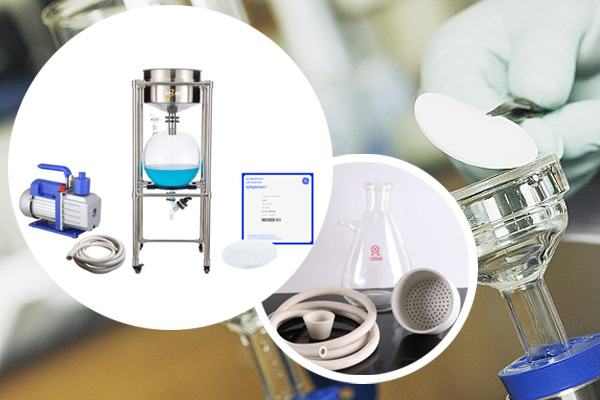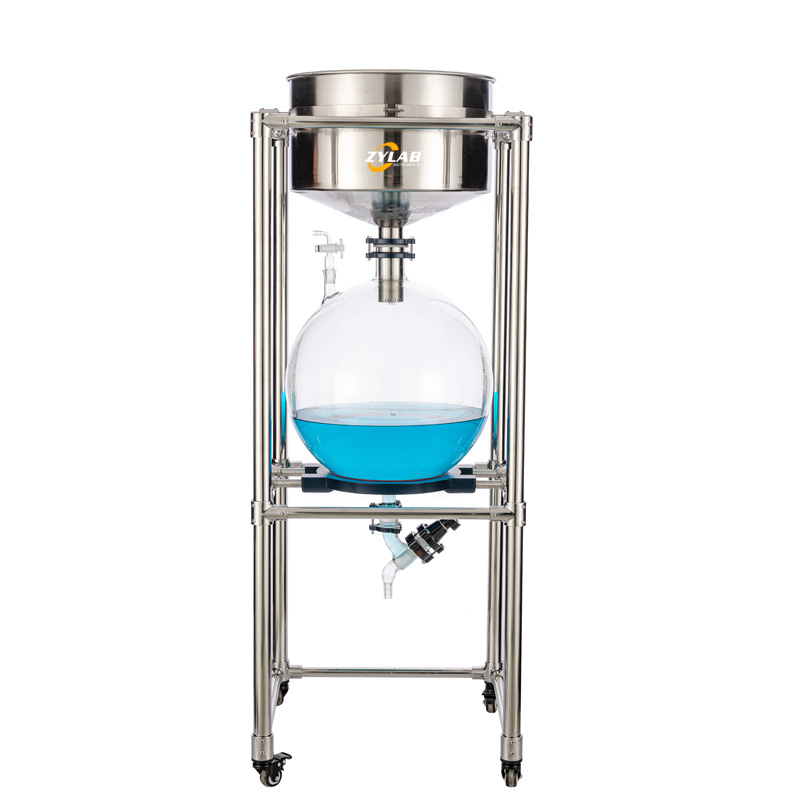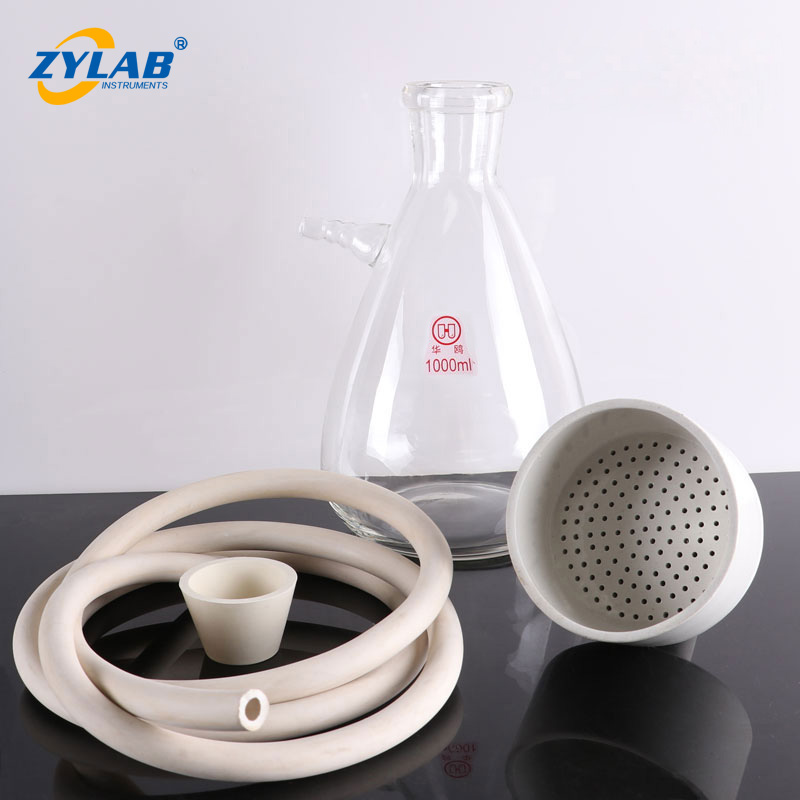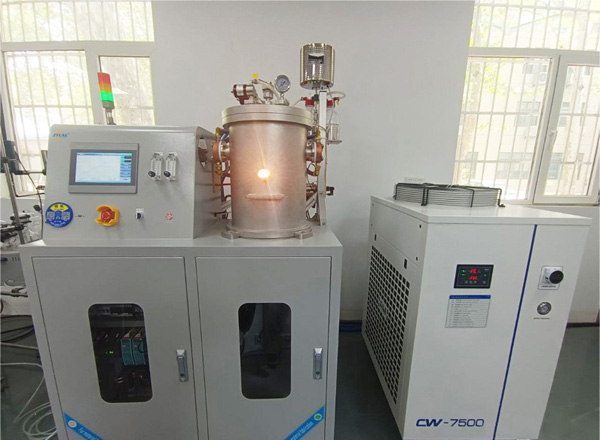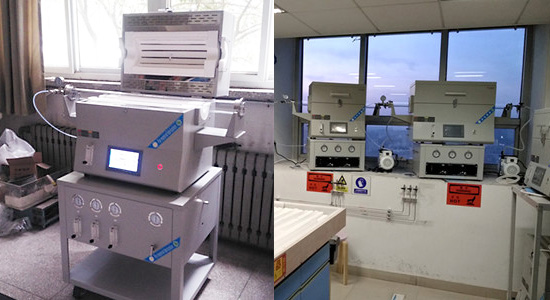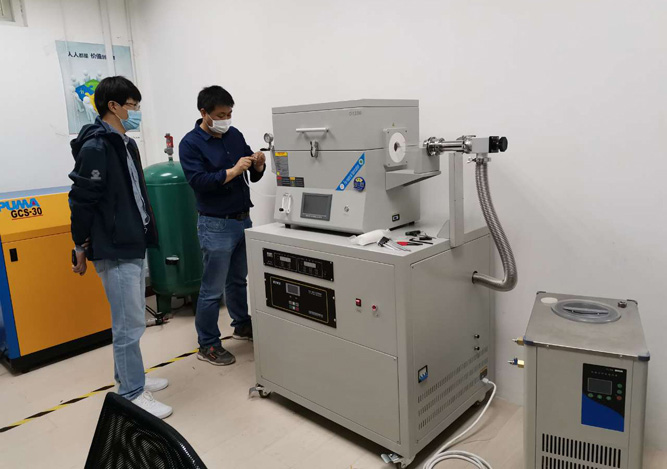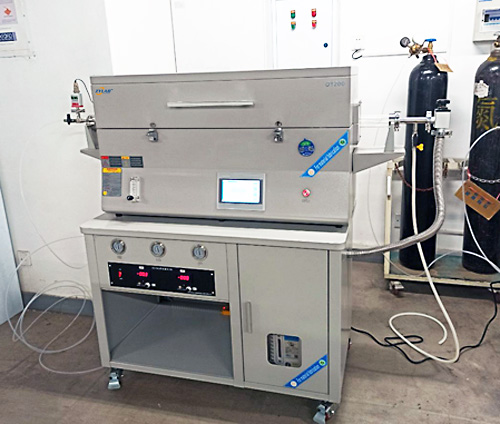Table of Contents
Filtration is a process of separating different components of a mixture by passing it through a substance or device. This typically involves passing the mixture through a substance or device called a filter, which prevents some substances from passing through while allowing others to pass.
The prototype of filters can be traced back to ancient Greek and Roman times, where people used various materials such as cloth, wool, and other fibers to filter liquids.
In the 19th and early 20th centuries, with the development of science and engineering technology, the design and manufacturing of laboratory filters became more sophisticated and efficient. Different types of filters were developed to meet the needs of various laboratory applications. For example, filtration funnels, filter papers, filter membranes, and other types of filters became common filtering tools in laboratories.
Filtration Process
Preparation:
1. Prepare the necessary laboratory equipment, including filtration funnels, filter papers or membranes, containers, etc.
2. Select appropriate filters and materials according to experimental requirements.
3. Check if the filters and funnels are clean, and ensure they are free from damage or dirt.
Installation of Filters:
1. Place the filter in the filtration funnel and ensure a good seal to prevent liquid leakage.
2. If using a vacuum filtration system, connect the vacuum pump and ensure a secure connection.
Sample Preparation:
If the sample contains large particles or solid precipitates, pretreat the sample, such as stirring, centrifugation, etc., to ensure uniform dispersion of particles.
Filtration Process:
1. Slowly pour the mixture into the filtration funnel to avoid overflow or splashing.
2. For gravity filtration, allow the solution to pass through the filter naturally.
3. For vacuum filtration systems, open the vacuum pump and apply appropriate vacuum pressure to accelerate the passage of the solution through the filter.
Collection of Products:
1. As the solution passes through the filter, solid particles or precipitates are retained on the filter, while the solution flows into the container.
2. After filtration is complete, close the vacuum pump (if applicable) and remove the filter.
3. The collected solid product can be washed with an appropriate solvent and subjected to further processing or analysis.
Cleaning and Maintenance:
1. Clean the filtration funnel, filter, and other equipment to prevent cross-contamination or affecting subsequent experiments.
2. Regularly inspect and maintain filtration equipment to ensure its proper operation.
Classification of Filters
According to Working Principles:
Physical Filters: Separate components of the mixture based on physical barriers (such as pores, grids, or fibers). Examples include filter paper, filter membranes, sieves, etc.
Chemical Filters: Utilize chemical reactions to convert certain components of the mixture into solids or other forms, and then separate these components. Examples include adsorbents, ion exchange resins, etc.
According to Application Areas:
Laboratory Filters: Used for laboratory research and analysis, including filtration funnels, filter papers, filter membranes, etc.
Industrial Filters: Used in industrial production processes such as water treatment, air purification, chemical production, etc. Examples include oil-water separators, air filters, vehicle exhaust filters, etc.
According to Materials:
Paper Filters: Filters that use cellulose paper or other cellulose-based materials as the filter medium. Commonly used in laboratories and households.
Membrane Filters: Filters that use thin membranes as the filter medium, typically with finer filter pore sizes. Used in microbial filtration, solution filtration, etc.
Metal Filters: Filters that use metal grids or metal fibers as the filter medium, with high corrosion resistance and high-temperature resistance. Commonly used in industrial filtration.
According to Application Characteristics:
Microfiltration Filters: Used to separate small particles or microorganisms, typically with precise pore size control.
Particle Filtration Filters: Used to remove larger particles or suspensions, commonly used in water treatment and air purification fields.
ZYLAB Filter:
The Vacuum Filter series is a 304 stainless steel funnel equipped with different pore size filter materials (filter cloth, filter net, filter membrane, etc.), and the materials that need to be filtered are evenly placed on the filter layer; the glass suction filter bottle is connected to a vacuum pump. The lower glass suction filter bottle is evacuated, and the material in the funnel is filtered by the principle of negative pressure, and the filtered material is pumped into the suction filter bottle. The specific filtered material standard depends on the filter cloth specification.
The suction filter bottles of this series of products are spherical glass bottles, and the commonly used specifications are 10L, 20L, 30L, 50L, 100L, and various specifications can also be customized according to customer requirements.
125ml Filter Flask With 60mm Ceramic Buchner Funnel Kit
250ml Filter Flask With 80mm Ceramic Buchner Funnel Kit
500ml Filter Flask With 80mm Ceramic Buchner Funnel Kit
1000ml Filter Flask With 80mm Ceramic Buchner Funnel Kit
1000ml Filter Flask With 100mm Ceramic Buchner Funnel Kit
1000ml Filter Flask With 120mm Ceramic Buchner Funnel Kit
2500ml Filter Flask With 100mm Ceramic Buchner Funnel Kit
2500ml Filter Flask With 120mm Ceramic Buchner Funnel Kit
2500ml Filter Flask With 150mm Ceramic Buchner Funnel Kit
5000ml Filter Flask With 150mm Ceramic Buchner Funnel Kit
5000ml Filter Flask With 200mm Ceramic Buchner Funnel Kit
10000ml Filter Flask With 200mm Ceramic Buchner Funnel Kit
10000ml Filter Flask With 250mm Ceramic Buchner Funnel Kit
10000ml Filter Flask With 300mm Ceramic Buchner Funnel Kit
15000ml Filter Flask With 250mm Ceramic Buchner Funnel Kit
15000ml Filter Flask With 300mm Ceramic Buchner Funnel Kit
Application Industries and Fields of Vacuum Filtration
Chemical Industry: Vacuum filtration plays a crucial role in chemical laboratories, where filtration, separation, and purification of solutions are common processes. In the chemical industry, filtration of reaction mixtures to separate solid products or remove impurities is often necessary, making vacuum filtration an essential tool in achieving this goal.
Pharmaceutical and Biotechnology: The pharmaceutical industry and biotechnology sector require separation, purification, and concentration of biological reaction products, biological preparations, or drugs. Vacuum filtration is utilized in these fields to rapidly separate solid particles, cells, proteins, and other biological substances, followed by subsequent processing and analysis.
Food and Beverage Industry: The food and beverage sector necessitates the separation and purification of raw materials or finished products. For instance, in food processing, vacuum filtration can be used to remove suspended particles, microorganisms, or other impurities, thereby enhancing product quality and safety.
Environmental Monitoring: Environmental science and monitoring involve the detection and analysis of pollutants in water, air, and other samples. Vacuum filtration is employed to separate particles, microorganisms, and other contaminants from water samples, facilitating subsequent pollutant detection and analysis.
Research and Educational Institutions: Research laboratories, universities, and research institutions are among the primary users of vacuum filtration systems. These institutions conduct various experiments and teaching activities in fields such as chemistry, biology, and environmental science, requiring filtration, separation, and purification of samples.
How to Choose the Right Vacuum Filtration System
Understanding Experimental Requirements: Firstly, it is essential to understand the specific requirements of the experiment, including the type of sample to be filtered, sample volume, whether rapid filtration is needed, and whether sample pretreatment is necessary.
Selecting Filtration System Type: Based on experimental requirements, choose the appropriate type of filtration system, such as funnel-type filters, vacuum suction filters, filtration bottles, etc. Consider sample type and filtration speed when selecting the filtration system type.
Considering Filtration Media: Choose suitable filtration media based on sample characteristics, such as filter paper, filter membranes, adsorbents, etc. Filter paper is suitable for general solid particle filtration, while filter membranes are suitable for microbial or cell filtration, and adsorbents are used to remove specific components from solutions.
Determining Pore Size: Pore size is a crucial parameter that determines the separation efficiency of the filter. Choose the appropriate pore size based on the desired filtration efficiency, typically determined by the size of particles to be filtered.
Considering Vacuum Systems: If rapid filtration is required, consider selecting a filtration device with an integrated vacuum system to accelerate the filtration process and improve efficiency.
Considering Containers and Collection Systems: Ensure that the selected filtration system is compatible with commonly used containers and collection systems in the laboratory to facilitate effective collection of filtered products.
Budget Considerations: Lastly, consider budget constraints when selecting the filtration system model and specifications.
Seeking Expert Advice: Consult experienced colleagues for their opinions and advice, or promptly contact our technical personnel for assistance in selecting the appropriate vacuum filtration system.
Why Choose ZYLAB Vacuum Filter
1. #304 Stainless steel Buchner funnel.
2. Glass transparent discharge valve, quick and easy recovery of solution.
3. The glass suction filter bottle is made of high borosilicate(3.3)grade glass.
4. Double sealed, anti-corrosive.
5. Universal wheel with brake, easy to move.
6. Frame-type main body, the main body is made of aluminum alloy + stainless steel, Compact structure, durable and elegant appearance.
7.10L,20L,30L,50L 100L volume for choose.

